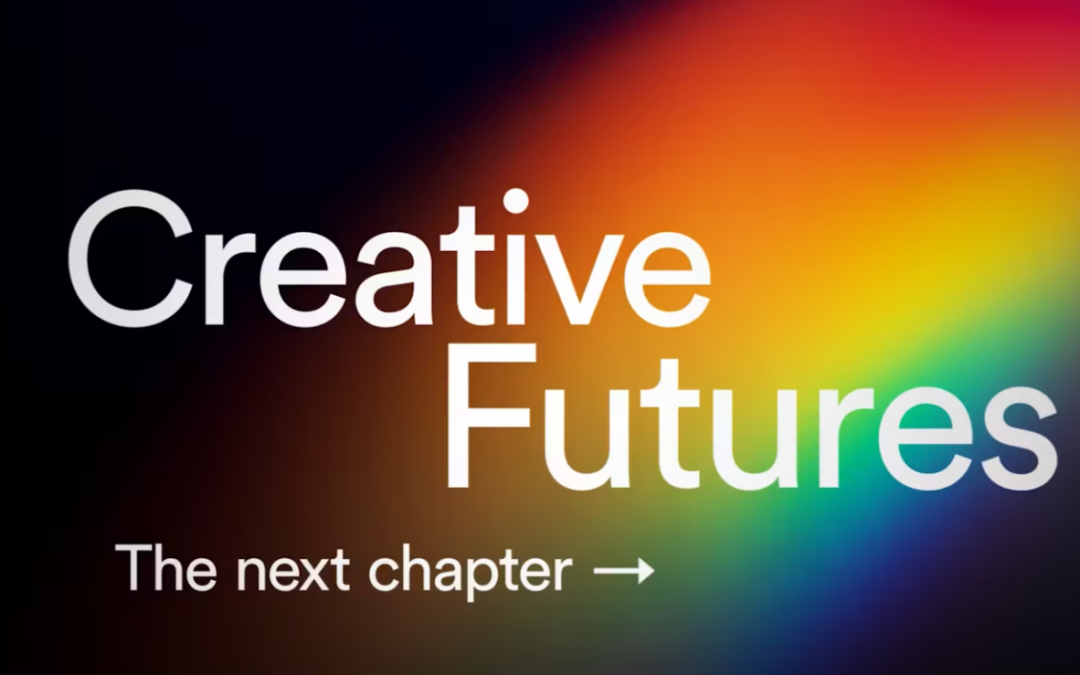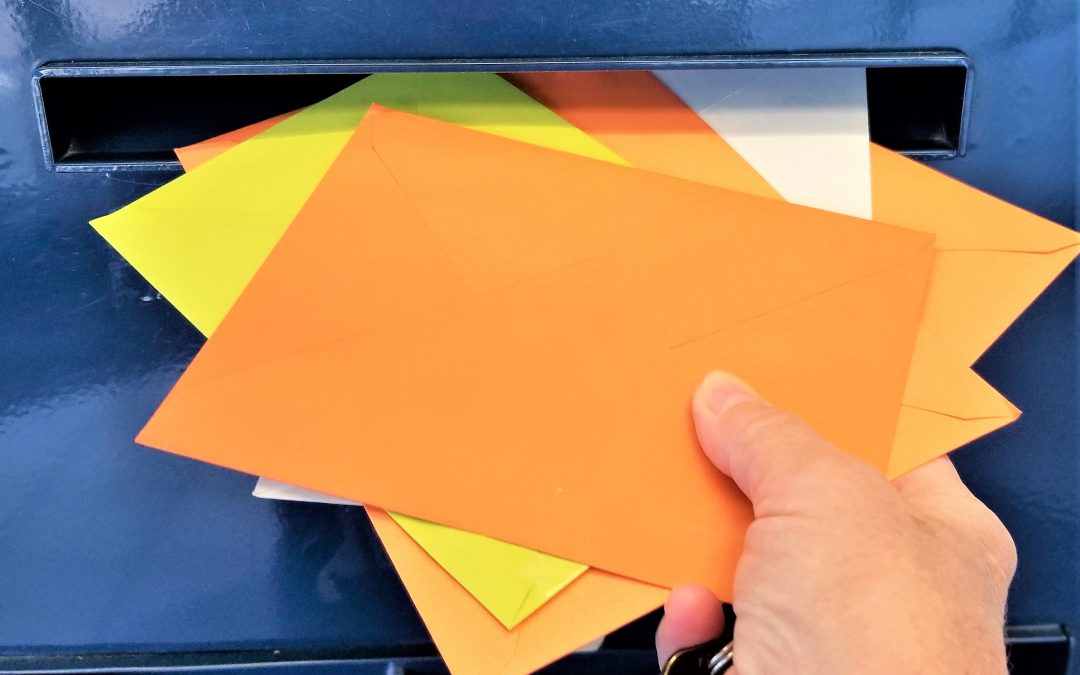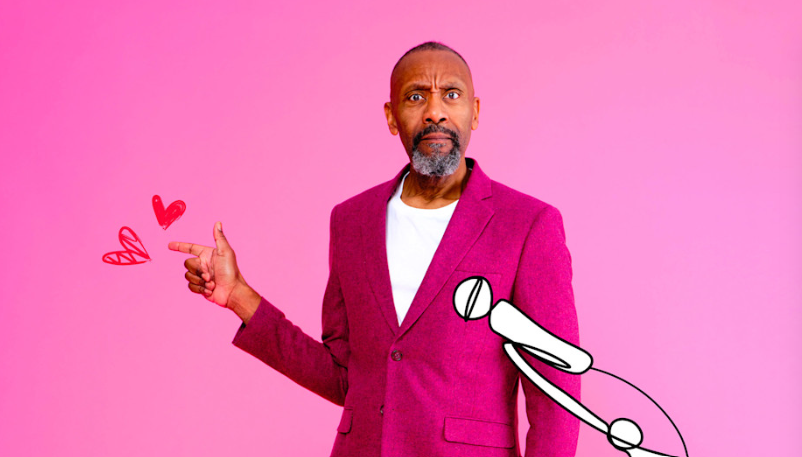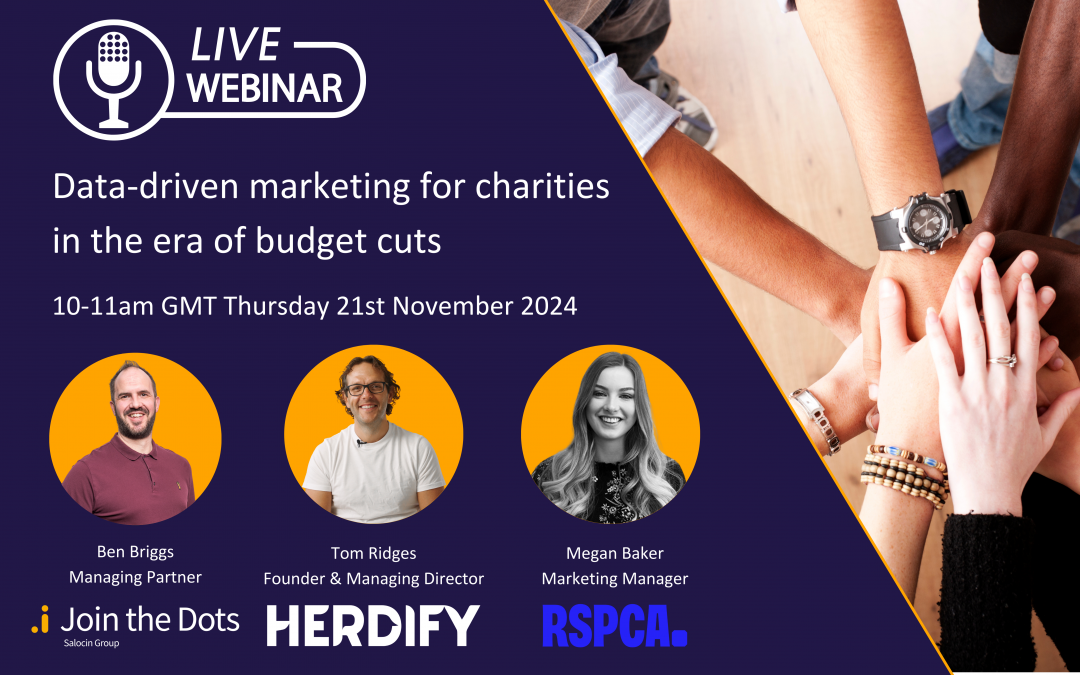It can feel almost impossible for challenger travel brands to scale their advertising up to an impactful TV campaign, but our recent work with Avalon Waterways, a river cruise brand, shows otherwise.
Being a challenger brand means you don’t have the luxury of big marketing budgets, and river cruises traditionally have a more niche appeal than ocean cruises.
Moreover, Avalon was hesitant about committing a significant proportion of their marketing budget to a medium with which they had previously had limited success.
Despite all this, it has proven to be a wise decision with the campaign out-performing targets across all their key metrics.
And that is because, when planned and bought effectively, no other medium can drive growth for your business like TV.
More and more travel brands are starting to understand this, with Nielsen recording £255 million of TV spend in 2018 across the category.
So if you’re a travel client (or in any sector for that matter), maybe these are some of your concerns about trying TV:
- “Our product targets a specific audience, there will be too much wastage with TV.”
- “It’s too expensive to buy airtime, we don’t have a big budget.”
- “It’s too expensive to produce a nice-looking commercial.”
- “It will be difficult to attribute response and understand what is working.”
- “How do I know I’ll get what’s best for my business?”
- So let’s look at these in turn.
Whilst TV as a whole is a broadcast medium reaching over 95% of the population in any one week, it can be used in lots of different ways. There is a plethora of special interest channels which target niche audiences, not to mention Sky AdSmart which only reaches the audience you want it to, with zero wastage.
TV doesn’t need to be expensive.
You can test on TV from as little as £40k media spend. With this budget, we could put together a plan that either runs in daytime (the cheapest airtime you can buy) or focuses on a specific region (to limit the universe size and therefore the cost). At this budget for the initial test we can get learnings we can take forward.
Many travel clients spend a lot more than this in any month in other media, where they are seeing diminishing returns. So, if you shaved a bit off your press budget each month across a year for example, then you would have your TV test budget. No matter whether your objective is to drive brand awareness or generate a direct response, there is a TV plan that can do this for you.
And the initial test plan doesn’t have to cost the earth.
The cost of a highly technical 60” TV commercial with lots of actors shot in a stunning location can, of course, run into millions of pounds, but it doesn’t have to. A nice-looking direct response ad, with high production values, can cost from as little as £10k to produce. And as your media agency, we could introduce you to one of our creative partners to ensure the whole process is integrated and as easy as possible to manage.
Once the commercial is made, the airtime is bought and your ad is actually on TV, then what?
Gone are the days when people saw a TV ad, wrote down the telephone number in it and then called it straightaway. These days, the vast majority of response goes online and if that traffic is predominantly coming to your site via paid or direct traffic, then how do you attribute it back to TV and calculate the real ROI? At Join the Dots, we use a suite of attribution tools and machine learning models to do this, drawing on data from a wide range of sources.
Furthermore, our CRM team can help you nurture those new customers by creating a welcome journey designed to aid retention and encourage future bookings.
Not only are we using attribution tools to determine ROI, but we are also using them to attribute response back to individual spots/channels/dayparts.
This helps us optimise activity to drive the best possible results on a bespoke, client-by-client basis.
As an independent agency, we are not tied into airtime deals, nor do we have to adhere to AB (advanced booking) deadlines. This means we can react rapidly – buying more of what is working and less of what isn’t without having to book it too far in advance.
As a result, we can drive growth cost-efficiently and quickly for your business.
So, maybe 2019 will be the year that you try out TV for the first time.
If so, we’d love to be on that journey with you.
If you’d like to find out more, you can check out our “new to tv” guides here:
- Guide to planning and buying airtime
- Guide to the TV commercial production process
- Guide to what makes a good DRTV ad
And for more information, contact Clare Arndell.











